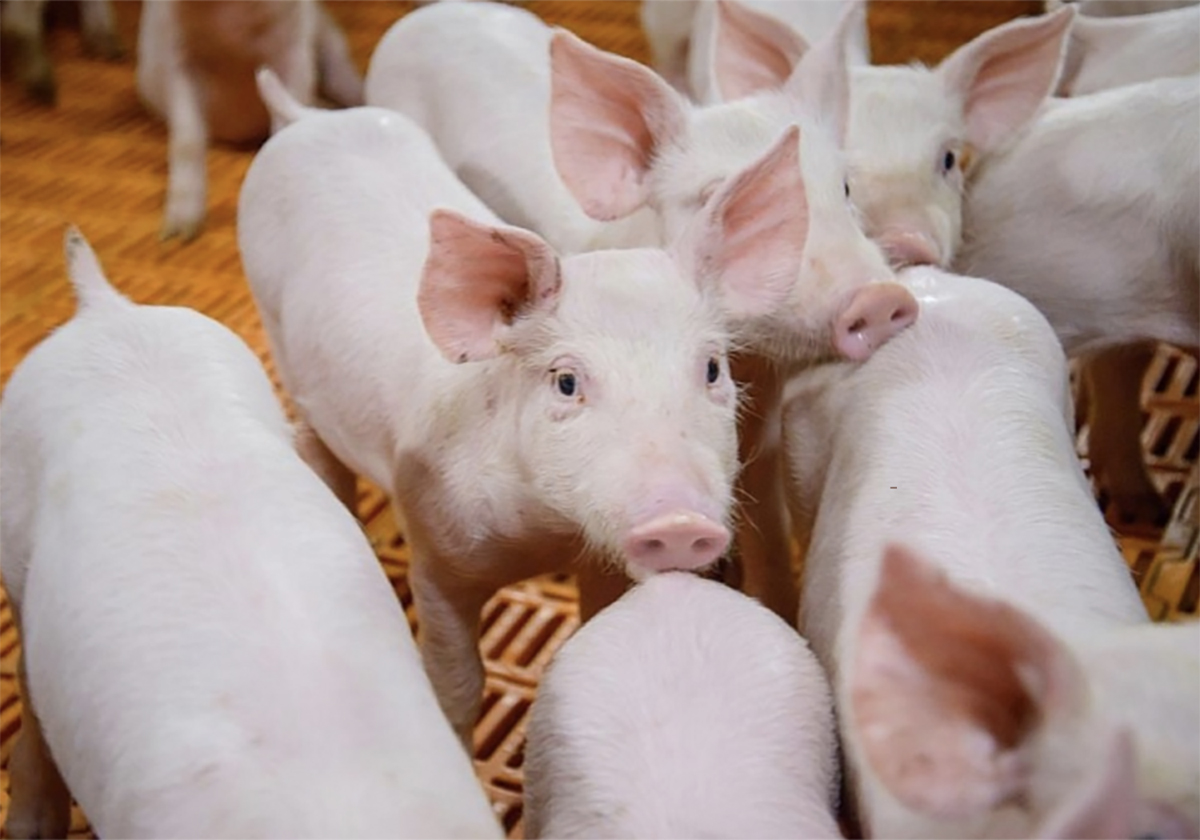RED DEER Ñ David and Neil Copithorne were at a food safety workshop on the day in May 2003 when they heard that BSE was closing the border to Canadian cattle.
The threat of disease was a wake-up call for the owners of Designer Gene Cattle Co. near Cochrane, Alta. They decided it was time to adopt a voluntary on-farm food safety program and earn certification.
Owned by David and Miriam Copithorne and their son Neil, the 250-head commercial cow-calf operation was certified in February 2004 under the national Quality Starts Here program. It was the first cow-calf operation to do so.
Read Also

The Western Producer Livestock Report – August 28, 2025
Western Producer Livestock Report for August 28, 2025. See U.S. & Canadian hog prices, Canadian bison & lamb market data and sales insights.
“The biggest turning point was sitting in that workshop and hearing about that case of BSE,” said Neil Copithorne.
The family didn’t join the quality assurance program for the market premiums.
“We don’t get paid any differently than the other producers,” Copithorne said.
“The only thing I get out of this is the knowledge I did a good job.”
The ranch received five packages of operating procedures that provided descriptions of proper practices and record sheets.
While they thought they ran a tight ship, the Copithornes realized their record keeping and inventory of animal medication needed more attention. After beefing up their records, it has now become a habit to write everything down, which alerts them to potential problems.
The program took about six months to implement before applying for certification. Besides better record keeping, it is a good way to train staff on cattle handling, medication use and cleanliness standards.
To start the program they sat down with their veterinarian to discuss potential illnesses and treatments. They also checked the medicine box.
“We basically threw out some old products after we checked the expiry dates. It was stuff we never used,” he said.
Now they do inventory once a year so they have a beginning and end balance of supplies.
“We can confirm what was used and what we have left. If we were using too much we would know.”
The program encourages them to turn more to their vet for advice.
It also outlines animal feeding and shipping practices and practical biosecurity measures to make sure the ranch stays clean.
They document manure removal and inspect trucks before loading cattle for market. Truckers must have clean rigs with no physical hazards to harm animals.
Records are stored where the work is done so that activities can be written down right away.
Besides veterinary health records, they also keep feed suppliers’ affidavits to show no banned substances were used as well as records to show no treated feed was mixed into the regular rations. They use wood shavings for bedding and cannot use any containing PCBs.
The ranch keeps calves until they are eight to nine months old and then ships them to Western Feedlots in Strathmore, Alta., on a retained ownership basis.
The feedlot is provided with a complete record of animal health and treatments so no double dosing occurs.
The Copithornes are among 1,500 Alberta producers who have taken the on-farm food safety workshop. So far, 10 operations have received certification, said Joyce Van Donkersgoed, who delivers the program.
The Canadian Cattlemen’s Association introduced Quality Starts Here in 1995 to reduce food safety hazards. The association was concerned about health issues that could limit or halt trade, such as BSE, the European growth hormone ban, E. coli and antibiotic use.
It also wanted a program that would encourage best management practices on the farm.
The beef program is national but has only been initiated by Ontario, Saskatchewan and Alberta.
No packers or foreign beef buyers have asked for it, but in the pork industry, packers refuse to buy hogs from non-certified farms. In Canada, 80 percent of market hogs are in the Canadian Pork Quality Assurance program.
“If you are not on the program, you will not sell your pigs to Maple Leaf, Olymel or Britco,” Van Donkersgoed said.
Chicken and egg producers have moved in the same direction with mandatory on-farm food safety programs.
She recommended a voluntary approach but if farmers do not join in greater numbers there could be more pressure from the federal government for a mandatory program. It wants a guaranteed food safety program and has set aside $80 million for such initiatives through the agricultural policy framework.

















